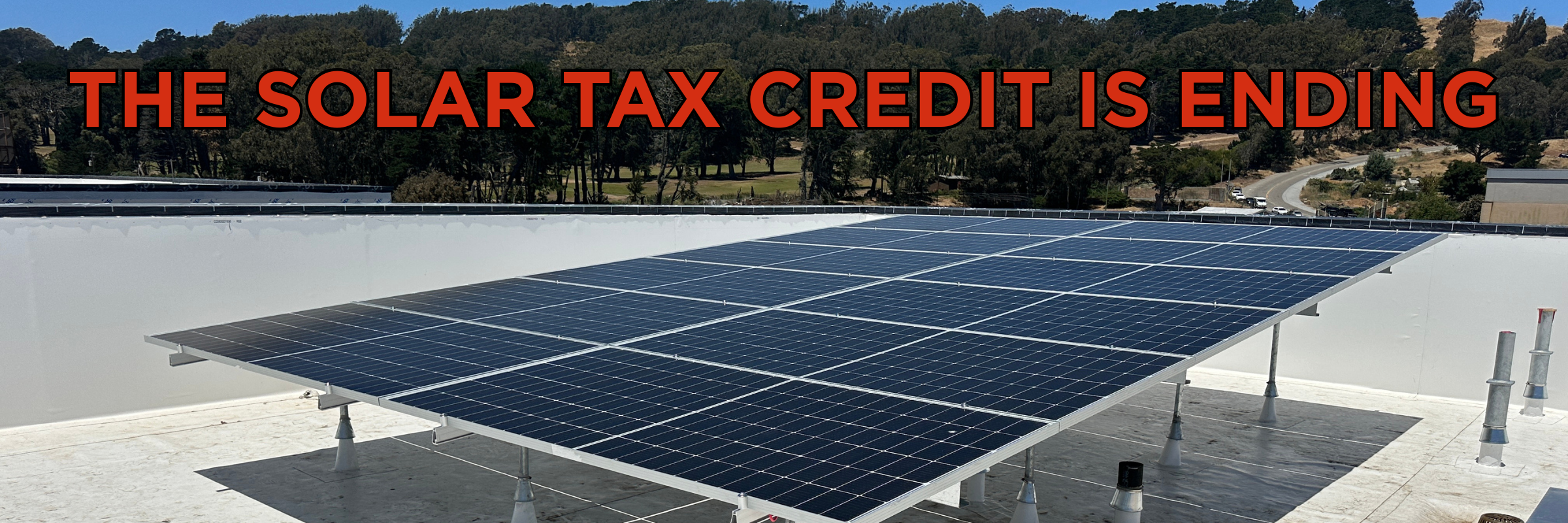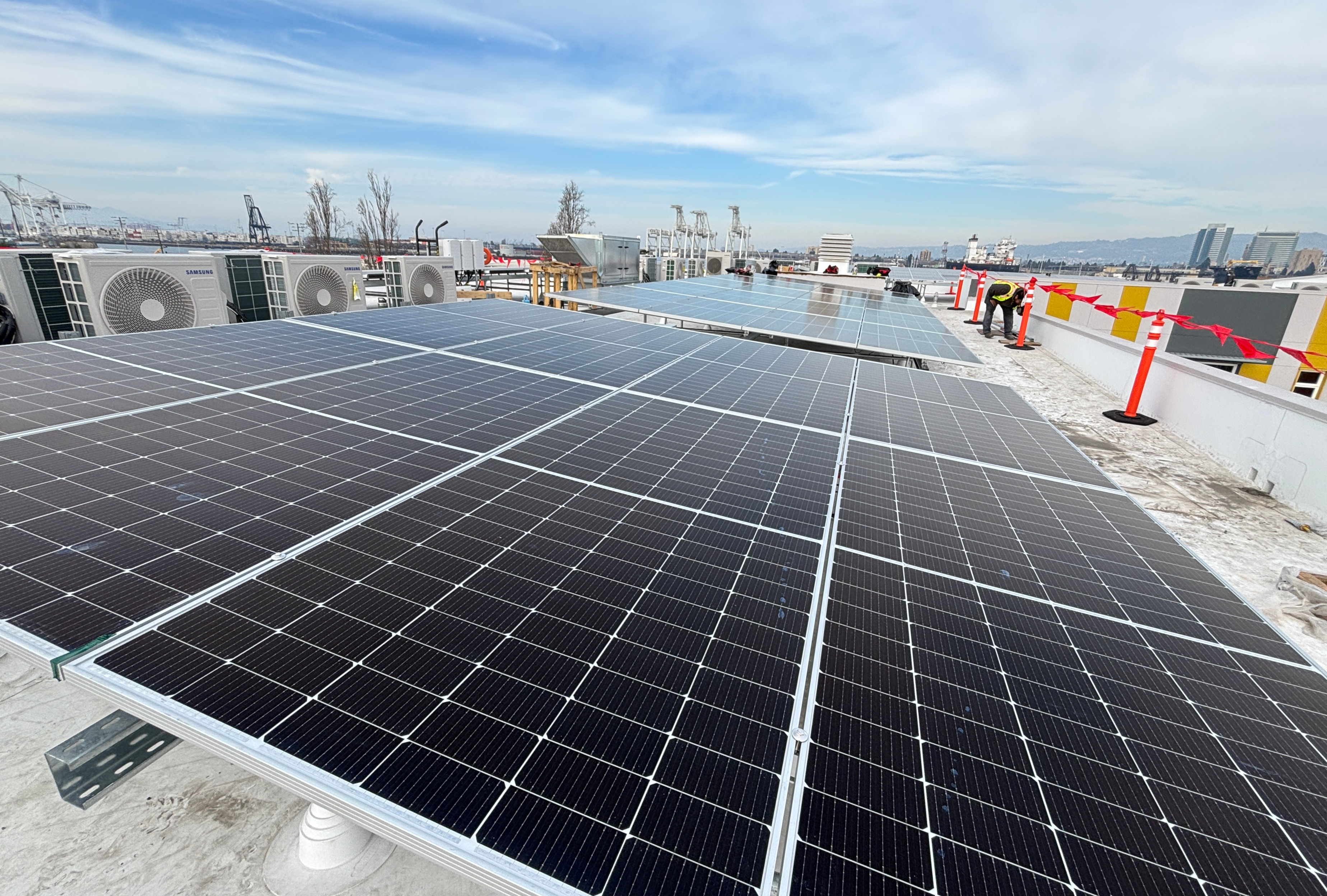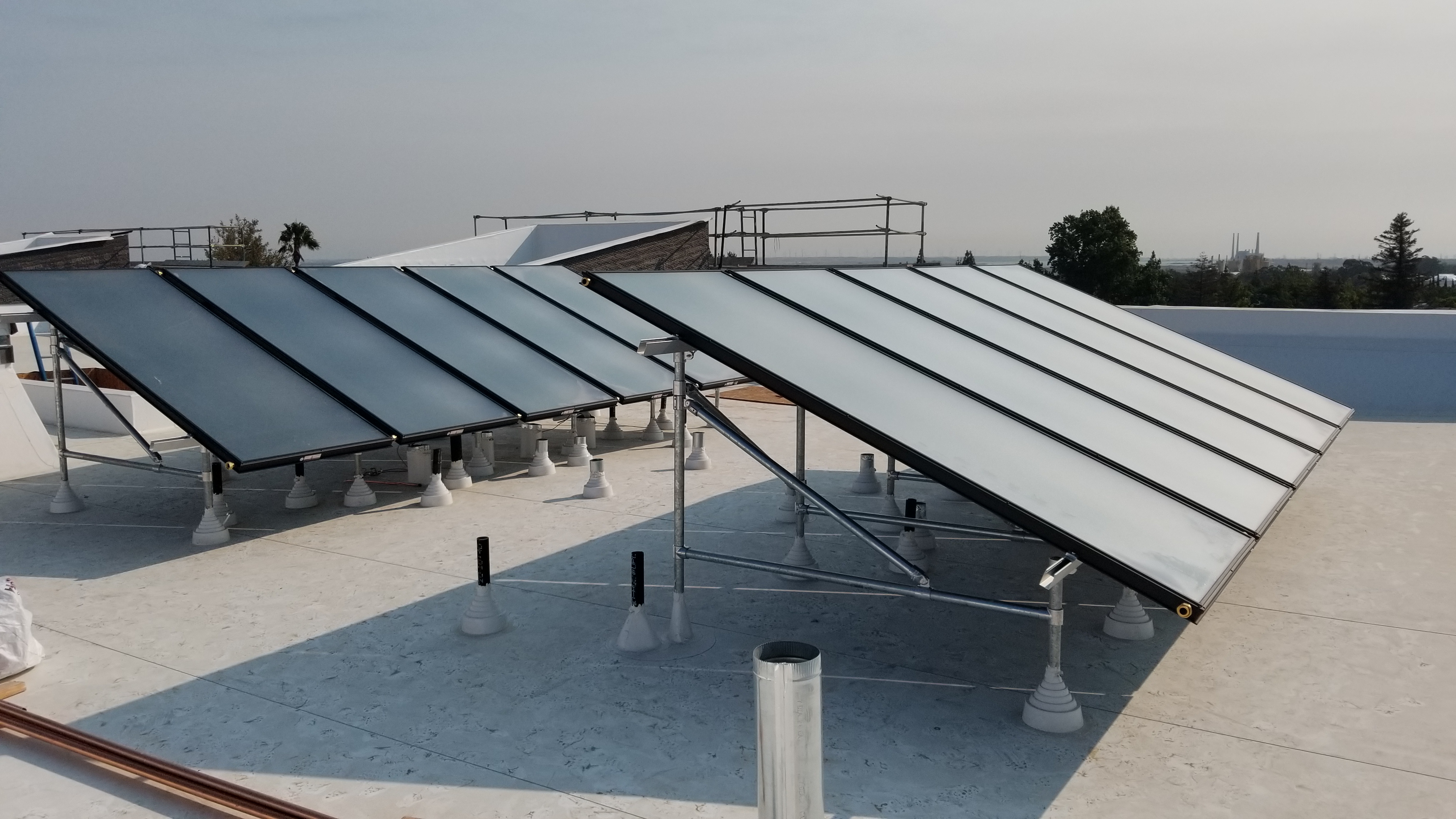
Here’s How Homeowners Can Still Save Beyond 2025
For nearly two decades, the federal solar Investment Tax Credit (ITC) has been a game-changer. Think about it: since 2005, it's essentially knocked 30% off the top of the entire cost of going solar, panels, labor, the whole shebang. It's no exaggeration to say this single policy helped solar panels leap from futuristic dream to a practical reality on millions of American roofs.
But all good things come to an end. Barring a surprise move from Congress, the residential ITC is set to sunset for systems finished after December 31, 2025. Get your project in before the ball drops, and you're golden for the full 30%. Wait until after, and that incentive vanishes.
Frankly, the writing's on the wall. Here at Sun Light & Power, the rush to lock in that 30% has been so intense that our 2025 installation calendar is already completely booked. We've had to stop taking new residential projects for that year. But here's the real story the headline misses: the opportunity to save a bundle on your power bill is far from over.
So, Why Pull the Plug on a Good Thing?
Let's be real, the tax credit was never designed to be a permanent crutch. Its whole purpose was to give the solar industry a solid jump-start, to get it to a point where it could run on its own. And you know what? It worked. With solar tech getting better and prices plummeting, the government is shifting its focus to other pieces of the puzzle, like big battery storage and grid updates.
The ITC did its job. Now it's time for the mature, thriving solar market it built to stand on its own two feet.
What This Actually Means for Your Wallet
Once the credit expires, if you're buying a system outright or financing it yourself, that 30% savings is officially off the table. For a typical California home, that's a chunk of change, anywhere from six to nine thousand dollars.
But let's put that in perspective. Have you seen your utility bill lately? Here in California, rates seem to climb 5-10% a year, like clockwork. Solar is still your single best bet to freeze your energy costs in their tracks. The systems we install today are built to last 25 to 30 years with barely any maintenance. Pair it with a battery, and you're not just saving money, you're buying peace of mind for the next blackout.
So yes, the tax credit deadline lights a fire, but it doesn't suddenly make solar a bad investment. It just means we have to do the math a little differently.
The New School Way to Go Solar: No Upfront Cost
This is where things get interesting. More and more homeowners are sidestepping the upfront cost entirely through Third-Party Ownership, aka, a Power Purchase Agreement (PPA) or a solar lease.
In a nutshell:
- We own and maintain the system on your roof. You just enjoy the power.
- You pay for the electricity it generates, typically at a rate that's 15-30% cheaper than your utility.
- Since we own it, we claim the tax credit and bake those savings right into your lower rate.
- No loans, no down payment, and if something goes wrong, it's our problem to fix.
It's a hands-off approach that keeps the savings alive, just through a different door. Some folks even choose to buy the system from us down the road once they're ready.
The "Why" Hasn't Changed
Look, the tax credit was a fantastic perk, but it wasn't the only reason to go solar. People do this for:
- Independence: Taking control of where your power comes from.
- Resilience: Keeping the lights on when the grid goes down.
- Steadiness: Locking in a predictable energy bill for decades.
- A Greener Footprint: Doing your part for a cleaner California.
The Real Bottom Line
The end of the ITC isn't an obituary for solar. It's a turning of the page.
While our 2025 book is full, we're having more conversations than ever about smart, no-cost options like PPAs that deliver serious long-term savings without the sticker shock.
Whether you own your system or partner with us, the goal remains the same: a sun-powered home, and a wallet that's happier for it.